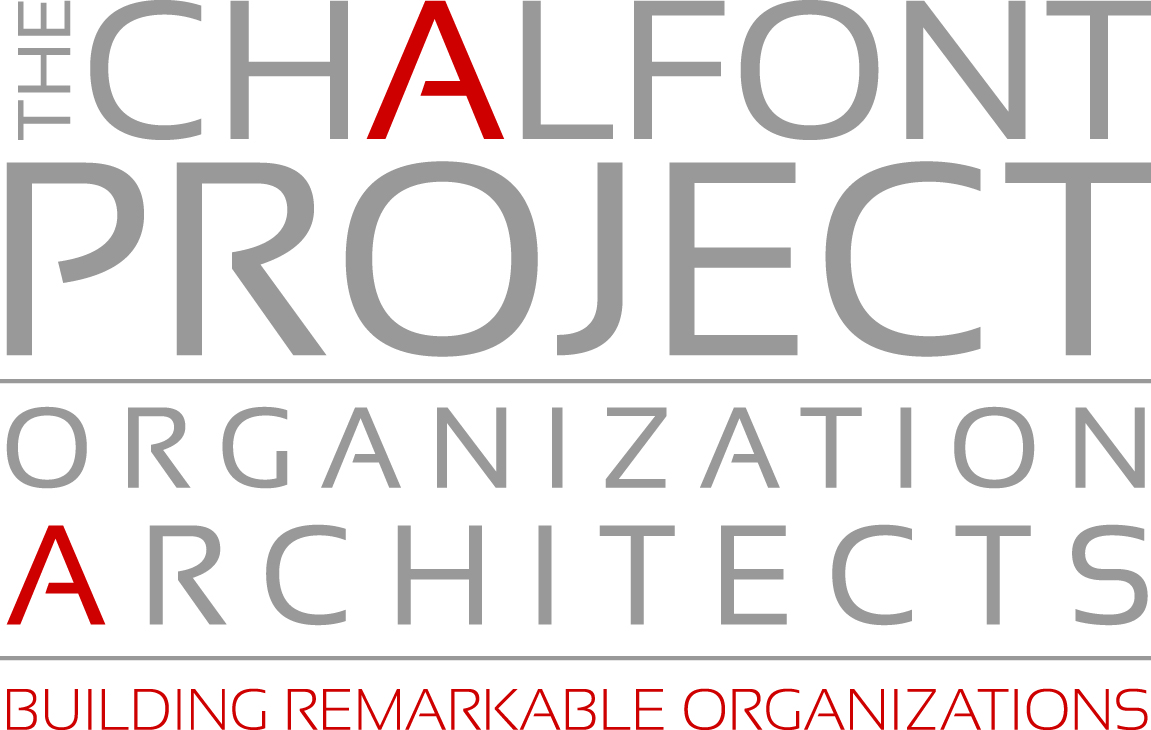Services
Smart Organizational design When you need a good organizational architect
Your house is more than the sum of the number of bricks. Your organizational life is more than the sum of management activities and solutions.
Creating an effective culture strategy is the glue in every successful organization and without this, you might struggle to reach your full potential as an individual and as a whole. Building this strategy can be tricky, which is why we’re here to help you make the change you need to make your culture strong and long-lasting.
Most organizations will have a strategic plan and a business plan. You might even have a marketing plan and a social media plan, but you are missing perhaps the most important plan of all. The culture plan. This does not refer to your management strategy or your HR team, it is the very bricks and mortar of your organization from the bottom to the top. Without a maintenance plan in place to take care of this beautiful house, it will no doubt fall apart. This is why you need a culture plan.
Although you may be tired of hearing the word ‘culture’ as it is thrown around so often, it is often said that the organization with the best culture is the one where no one has to talk about it. This is created by behavioural change within, with non-negotiable processes and working styles. This includes the psychological aspect of your workforce. Often the culture strategy in a business is reliant on all parties being fully informed and committed to building positive change but will include nothing about how it will ensure that this happens.
It’s important to remember that a culture plan has two faces, the formal one that includes the typical structures such as team divisions, reporting lines, and hierarchy, and the informal one that encourages innovation and the free flow of ideas. The informal is where the unwritten rules and ultimately the environment of a whole organization live and we must be aware of both to create a positive atmosphere and minimize negative feelings.
We will work with you to create a smart organizational design and strategy plan that sits above your competitors and that all of your organization can refer to. We will help you visualize the journey that you are embarking upon and draw the roadmap to ensure you arrive at the destination you desire. Over time you will realise how vital this cultural map is to every element of the business and how it seeps into the work that you do. Eventually, the goal is to get to a place where the word culture need not be mentioned as it comes naturally.
Talk to us about building this plan now email [email protected] or call us on +44 (0)1895 549158
Associated Learning Resources and Books
culture Strategy
MAYBE THIS IS THE ONLY STRATEGY YOU DON’T HAVE, MAYBE YOU DON’T WANT TO CALL IT ‘CULTURE’, BUT YOU KNOW YOU NEED THE GLUE FOR YOUR ORGANIZATION TO PERFORM TO ITS BEST
YOUR ‘HOME PLAN’
You probably have a strategic plan and a business plan. Perhaps you also have a marketing plan and a social media plan. You may not be short of plans. Except one. A culture plan. We are not talking about an HR plan or a Talent Management or a Succession plan. You see? You have even more plans. It is about your whole house, not just the bricks, the wooden floors, the garden, the plumbing system or the heating but the house itself, your home and what life look like inside. Organizations are the same, they are ‘homes’ for all of the above, from strategy to operations to human resources. Do you have your ‘home plan’?
YOUR CULTURE AND BEHAVIOURS
You may be one of many who become very restless with the word ‘culture’, one of the most confusing and contaminated words in management. Don’t worry, we can help you to have a state-of-the-art culture without even mentioning the word if that makes you feel better. We are talking about the rules of the game, non-negotiable behaviours, ways of doing things and working styles. We are talking about the psychological space of your organization. In the absence of these ‘soft elements’, plans are often built without a defined context. For example, your Marketing plan is brilliant but will only work if ‘A people’ and ‘B people’ collaborate and share information (marketing and sales, and account management for example). But there is nothing in the Marketing Plan about how to ensure that collaboration. It just takes for granted that it will happen.
AND THE INFORMAL ORGANIZATION
Also, your culture (organizational home) plan has two faces. One is the formal one with all the typical structures that the organization chart usually describes: teams, divisions, reporting lines, hierarchy and structures. The other is the informal organization, which the organization chart does not represent and where most of the innovation and free flow of ideas live. This is the territory of the unwritten rules and the environment as a whole. The late Sumantra Ghoshal used to say that some companies’ atmospheres ‘resemble downtown Calcutta in summer’. That will give you an idea of what you need to avoid in your culture plan and why you need one.
‘THE GLUE’
We will work with you to create your organization and culture strategy plan which sits above all the other plans and provides a reference for them. We will help you to visualize the journey that you need to embark upon and will draw with you the roadmap to ensure you arrive at several different destinations. You will find this overall culture map vital to provide sense to everything else. And we can use the word culture or avoid it altogether. Maybe we could call it your Glue Plan.
Talk to us today about your strategic Glue Plan – email [email protected] or call us on +44 (0)1895 549158
WHAT IS YOUR ORGANIZATIONAL DESIGN?
What is your organization for? What spaces do you want to occupy in your world? If instead of an organization you were a commercial brand, why would anybody buy you?
All these questions can hardly be answered by the organization chart or by cold mission statements. In a business world of escalating ambiguity and messiness, the organization chart gives only an illusion of comfort. Over a series of short interventions, we will work with you and your people to discover and establish that space and plan how to occupy it. It is about finding the real reason for your existence, perhaps the hidden purpose and the set of behavioural rules needed to thrive.
Call it identity or purpose or raison d’etre, it is also team building, an in-depth evaluation, and a big step towards collective leadership. You and your team, considered as a brand, is a powerful way to establish new foundations after restructuring. It can trigger a profound renewal. Looking at the team as a brand can get everybody aligned not only around values and beliefs but also on behaviours, both internally and with your key interfaces. Even if you have your mission and vision statements on the wall, this is about making them live and translating them into the reality of our broader interfaces.
We often use this approach in the context of a broader leadership or change program, perhaps as a prelude to Viral Change™ or simply on its own to generate a shared understanding of your real identity and real space and commitment to action.
TRAPPED BY LABELS?
Managers tend to put labels to their needs in an attempt to feel better about grabbing something concrete. A ‘leadership programme’ sounds like a training system to create better leaders, but suppose you want these leaders above all to become highly innovative. Does that make it an ‘innovation programme’? Which consultants do you call in? An ‘away day’ or off-site on strategy has been designed by team-building consultants in the hope that you’ll get a bonded team. Do you want a good strategy, a good team or both? You invest massively in sales training across the board hoping you’ll get better sales results. However, all you have is a ‘better trained workforce’ without improved results. Was the training bad (and you can’t fault the techniques taught) or the wrong consultants?
TRAPPED BY STRUCTURES?
You wanted Division A and Division B to stop working in silos and have decided to amalgamate A and B under a new C so now they have one single management, one home, one roof and one organization chart. But the new C people continue to ignore each other. Perhaps you were too quick in giving a structural answer (the reorganization) to what was, in fact, a behavioural problem -people not talking to each other.
TRAPPED BY PROCESSES?
You have reorganized, reshuffled groups, redesigned new processes and created an entirely new Operating Model and you have been left by your consulting partners with stacks of PowerPoints explaining it all. But there is nothing on those digital piles about how John and Mary are going to work together, what behaviours are needed for that, or how to help them to speed up the ‘working together’. No wonder six months later people still tell you that the reorganization is unfinished or the integration is ‘still in progress’.
Leadership development, restructuring, sales management, team building, behavioural change, process redesign, new operating model, reorganization etc. All of the above are situations which may have started or ended with these labels.
YOUR SINGLE VIEW, THE ARCHITECTS VIEW.
You are rich in labels but poor in results because you may lack or have been short of ‘the one single view’, an architect’s view. You have been building a house with an expensive plumbing system that doesn’t work; a garden with beautiful plants unsuitable for your weather; you are really short of one bedroom; your car is too big for the garage and the legal status of your planning permission is at the very least dubious. And the invitations to the housewarming party have already been sent out to the world.
If you can imagine these scenarios either because you are about to embark upon any of these ventures or are halfway there, or have been left with the PowerPoint stacks, we are the people who will help you either to avoid, remedy or completely rescue. We are the organizational architects that you need.
Let’s talk – to find out how we can work together to impact your business – contact us.
Unpacking The 5 Principles of Smart Organizational Design
Move away from the endless discussions about ‘the future of work’ and the changes in working practices post-pandemic. Accelerate your way to a healthier and more flexible structure using these five key principles.
The best time to restructure your organization is now, but not before considering how you will do this. Our design principle, based on five key drivers helps you stay ahead in this fast-changing environment.
- Structures – are they monolithic or collaborative? Fixed or reconfigurable? How easy will it be to make the change?
- Processes – How efficient are they? Would the change be incremental or radical? Would it be initiated through hierarchy or as a team?
- Co-working – Consider the nature of the formal and informal faces of your business, does everyone work well together?
- Power – Is this centralised to management or distributed throughout the organization? Are there strict role boundaries or is there collaborative autonomy?
- Complexity – Is the organization flexible or rigid? Internally complex or sophisticated?
Reflect on these different areas of your business and make a judgment on where your organization is currently positioned against these principles and uncover ways to shift from one position to another.
Key learnings:
- The questions that can guide you in your organizational redesigning process
- Which structures are the best for different kinds of work and how you can continue analysing and adapting to them?
- How you can improve co-working?
- How your organization can become anti-fragile?
Duration: 1 day (with the option of extending to 2)
Price: Per person cost – contact us for more information, stating your company name and the approximate number of participants
For more information:
- Contact our team on 01895 549158
- Email: [email protected]
Plotting the 7 Dimensions of Your Post-Pandemic Organization
A practical framework that allows you to scan and map your organization as it is today, followed by recommendations to address any possible imbalances.
The 7 Dimensions of the Organization Framework has been developed by The Chalfont Project’s CEO Dr Leandro Herrero. This simple and practical tool guides you to ‘regroup’ in the post-pandemic world and reinvigorate the way you work or want to work in the future.
How formal or informal is your culture? How centralised or decentralised is the structure? How much does your organization rely on hierarchical leadership, and how effectively does it utilise peer-to-peer networks and influence?
The analysis will give you a thorough understanding and a different view of your organization, outside the traditional parameters. It will also help you understand how to drive behavioural and cultural change within your organization and create smart organizational design, by highlighting the areas that may require additional focus or re-balance.
Key learnings:
- Understand where your organization sits on each of the 7 organizational dimensions
- Uncover the imbalances of perception within your team and find a consensus through a structured workshop
- Receive guidance from our consultants in terms of redirections and changes needed
- Learn what that means in terms of your organizational culture and terms or opportunities for change and improvements
Delivery:
Workshop (virtual or in-person options available)
Duration: ½ day
Price: Per person cost – contact us for more information, stating your company and approximate number of participants
For more information contact our team 01895 549158 or email [email protected]
The details you provide will be added to our mailing list and be used to keep you updated on news, products and/or services of relevance. To update your preferences or opt out, please email [email protected]


